Ukrainian Kamikaze Drone Boats Have Sunk Another Russian Ship
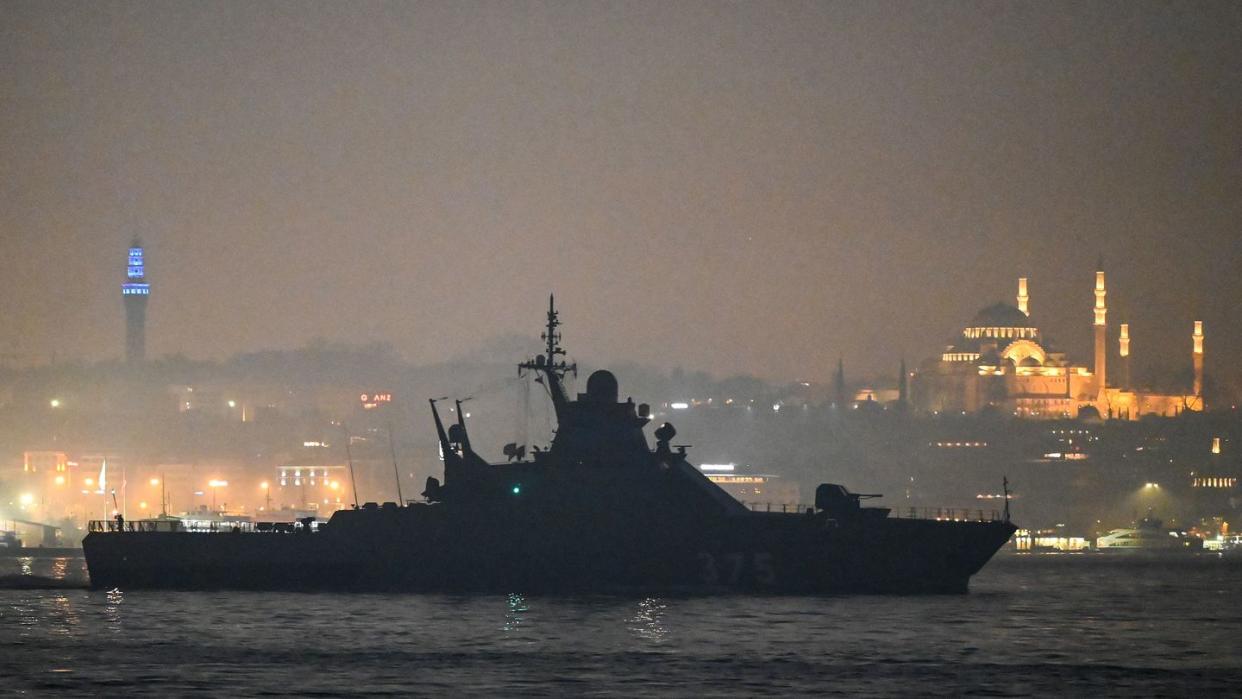
Russian patrol ship Sergey Kotov was on the prowl at midnight on March 4-5 off the coast of the Crimean Peninsula when it encountered exactly the kind of trouble it was on the lookout for—an incoming squadron of Ukrainian kamikaze drone boats remotely piloted by Group 13 of Ukraine’s military intelligence service.
In less than an hour—and less than two years after it was commissioned—Kotov took a pummeling that soon saw the vessel join its self-destroying assailants on the floor of the Black Sea. This makes it the third warship lost by Russia’s navy in five weeks.
One of four corvette-sized Project 22160 corvettes commissioned in the Black Sea Fleet since 2018, Kotov was on the larger side (as patrol craft go) at 1,800 tons fully loaded, with a crew of up to 80 and a hangar to support an onboard helicopter. The 94-meter-long corvette had survived two prior encounters with Ukrainian kamikaze drone boats (a.k.a. Unmanned Surface Vehicles or USVs) in the fall of 2023, despite allegedly sustaining a 3-foot-wide hole in its hull and damage to its propeller.
But this time, the ship’s luck did not hold.
A recording—posted by a crew member of the Russian cargo ship IDEL-4, located a half mile away—resounds with audio of automatic weapons fire from the ship’s 14.5-millimeter heavy machine guns and rapid-firing AK-176 deck gun, capable of spitting out 76-millimeter shells at a rate of two per second. But despite the tracers sticthing the water, a brilliant orange fireball blossomed up from the ship, and the alarmed observers on IDEL-4 surged into action as the video comes to an end.
RU patrol ship Sergei Kotov was attacked by UA USVs on 5 MAR 2024.
Together w/ @COUPSURE, @kromark, @LoLManya we find the likely attack location based on AIS coordinates of nearby vessels & sat. imagery:
POV ~ 45.0368, 36.5124@GeoConfirmed
🧵👇https://t.co/swYn3dkUEd pic.twitter.com/urXOQWJaGp— D. mojavensis 🇺🇲 🇺🇦 (@Dmojavensis) March 6, 2024
Analysis of that video shows that Kotov was on guard at the southern entrance to the Kerch Strait, roughly 5 miles east of Crimea’s shoreline and 15 miles southwest of the strategically vital strait-spanning bridge that it was very likely guarding.
/1. This night, Russian Project 22160 patrol ship “Sergey Kotov” was successfully attacked by Ukrainian naval kamikaze drones near Feodosia, Crimea. According to Russian sources “the ship is dead” pic.twitter.com/ZVuJvPnHZs
— Special Kherson Cat 🐈🇺🇦 (@bayraktar_1love) March 5, 2024
Ukraine’s military intelligence service (GUR) then released the point-of-view footage recorded by its MAGURA V5 kamikaze drone boat (a.k.a. Unmanned Surface Vehicles, or USVs) as they made attack runs on the hapless corvette‘s stern and port and starboard sides. As in similar past attacks, the explosion of the MAGURA’s payload (supposedly up to 705 pounds of explosives) was then observed by the next kamikaze boat making its approach. At 1:20 in the video below, the blasts are shown to have opened a gaping cavity in the corvette’s lower hull into which another USV appeared to enter.
Last night, near Kerch, Russian-occupied Crimea, Ukrainian forces conducted a USV attack on the Russian Project 22160 patrol ship Sergey Kotov, scoring multiple hits, causing catastrophic damage.
Russian channels and the Ukrainian GUR report the vessel sank. pic.twitter.com/rLTQMxKKPB— OSINTtechnical (@Osinttechnical) March 5, 2024
Ukrainian intelligence claimed Kotov sank, but did not share any footage confirming that. However, sources connected to Russia’s military posted on social media that the ship did indeed sink, though not immediately after the USV assault.
One Russian source purports that Kotov detected a squadron of five MAGURA Vs at a quarter past midnight and had time to inform Russia’s Black Sea Fleet. Supposedly, at 12:50, the attacking boats then struck Kotov on both sides of its hull, “blowing up” its nearly 10-ton AK-176MA gun turret and onboard Ka-29 Helix-B naval assault helicopter. (If the latter is true—and the GUR concurs—that’s the first lost of a Ka-29 in the war in Ukraine). Reportedly, the beleaguered corvette didn’t sink until a friendly vessel attempted to tow it back to Feodosia.
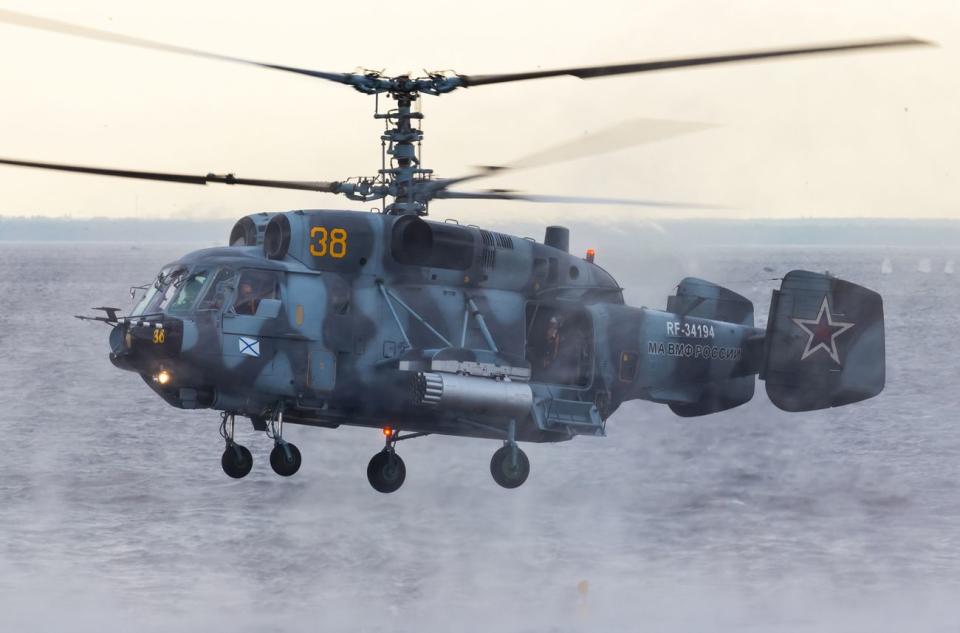
The location of the attack near Feodosia on eastern side of the Crimean Peninsula is noteworthy—not only is it further away (at roughly 300 miles minimum transit, but likely longer to avoid detection), it is next to the Crimean Bridge, which Ukraine’s intelligence service has warned may again come under attack soon. Thus, the attack on Kotov may have been a shaping operation intended to weaken local defenses near the Crimean Bridge in advance of that attack itself. It also may have been meant as a diversion for an operation targeting some more unexpected quarter.
Patrol ship vs. kamikaze drone boat: hunter becomes hunted
Ironically, the (formerly) four Project 22160 corvettes in the Black Sea Fleet’s 184th Novorossiysk Coastal Defense Brigade were designed for patrol and anti-saboteur missions, guarding coastlines and key naval bases against threats from divers, small boats and semi-submersible craft targeting coastal facilities. These vessels theoretically should have been more effective than average at battling small boats, even though the specific threat from drone boats didn’t exist prior to Russia’s large-scale invasion of Ukraine in 2022.
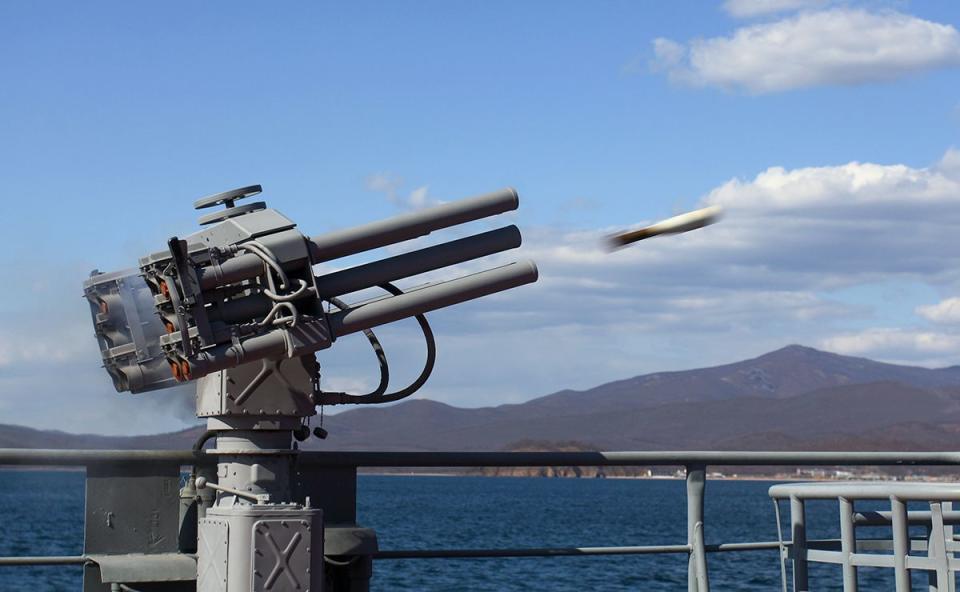
Besides its deck gun and machine guns, Kotov carried two each DP-64 and DP-65 multi-barrel grenade launchers designed specifically to blast close threats. The ship’s Ka-29 helicopter also (in theory) could have helped detect and destroy the boats.
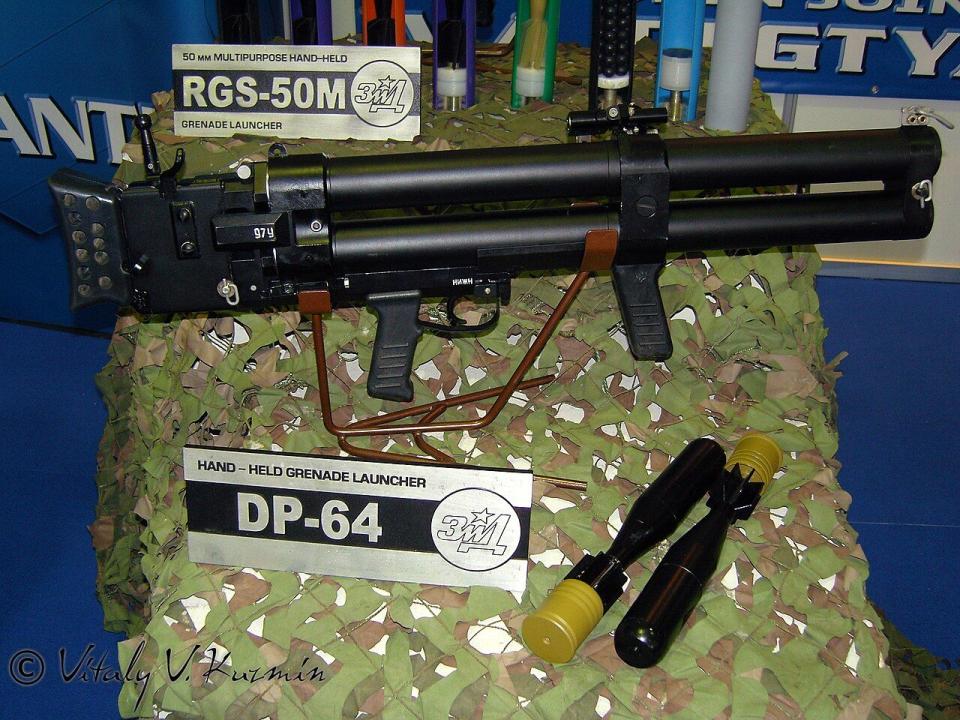
Admittedly, the 22160 corvettes lack radar-guided close-defense autocannons (CIWS)—intended to defend against incoming missiles and very useful versus small boats. Indeed, the lack of air defense eventually led Project 22160 corvettes to begin carrying Tor-M2KM air defense modules loaded with 20 9M331M missile on their helipads. These might help defend against cruise missiles, but not low-riding boats due to their minimum engagement altitude. While Kotov has been sighted with a Tor-M2 on its deck in the past, it must not have had one when it sunk if it had a helicopter on the helipad.
#ВМФ🇷🇺#Russian #Navy #war The patrol ship Sergey Kotov, a Vasily Bykov Class in the Sevastopol Bay with the SA-15 Tor-M2 SAM missile system on its helicopter deck. Photo from Andrey Brichevskiy. pic.twitter.com/wxhSnBYmEn
— Capt(N) (@Capt_Navy) February 12, 2023
Recently, both Russian deck guns and smaller-caliber CIW autocannons alike have failed to defeat Ukrainian USV attacks at night. Both ordinarily rely on radar guidance, but their radars apparently struggle to accurately detect the very low-riding Ukrainian drone boats, especially in choppier waters. And while the gun crew can switch to optical targeting by camera, these guns lack effective infrared sensors/sights necessary for night-time engagements. That presumably enables Ukrainian boats to penetrate the fire of the close defense guns.
A recently surfaced video recorded in February prior to the sinking of the Russian Ropucha-class landing ship Tsezar Kunikov shows the crew relying on search lamps and pouring small caliber rounds from assault rifles and light machine guns into a nearby boat, with many small-caliber rounds visibly ricocheting off the boat’s hull.
/2. Same video but partially sounded published by Russians. pic.twitter.com/uhb4nvuHPw
— Special Kherson Cat 🐈🇺🇦 (@bayraktar_1love) March 6, 2024
It’s worth noting that Houthi rebels have imitated Ukraine in attacking large Western warships with kamikaze USVs, but without success so far. That may be because of the superior array of sensors on these larger and better-equipped warships.
The defeat of Kotov marks another success for Ukraine’s drone boat program, which has evolved rapidly since its first strikes in October of 2022, focusing on ships at port in Crimea. Following the sinking of the Tarantul III corvette Ivanovets on January 31 and Kunikov on Febuary 14, Kotov is the third Russian warship to be intercepted and destroyed by USVs while at sea.
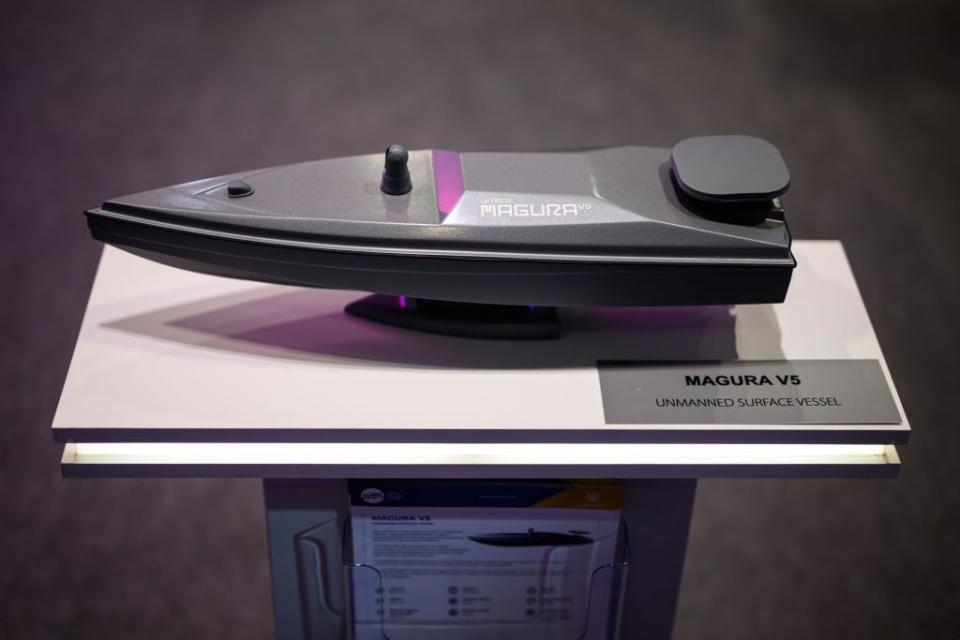
Since last summer, Ukraine appears to have settled on the Magura V and higher-payload Sea Baby designs. However, the sinkings of Kotov and Ivanovets both confirmed that it seemingly requires many hits to knock out even a corvette-sized ship, due to their sub-optimal geometry compared to a torpedo. Ukr. Group 13 has stated, therefore, that they are mounting nearly one-ton explosive payloads on their Sea Baby drones.
Project 22160 corvette: cheap, but not so cheerful
While the Black Sea Fleet is down to three Project 22160s, it has two more 22160s—Viktor Velikiy and Nikolay Sipyagin—under construction at the Zelenodolsk shipyard. Though set back by years of delays, the former will supposedly launch sometime in 2024.
A second batch of 22160 corvettes (originally expected for construction in Russia’s Far East by USC) is unlikely to follow, as combat experiences earlier in its invasion of Ukraine persuaded the Russia’s Navy that it doesn’t want more of these ships.
/9. A short tourist walk along the deck of Sergey Kotov pic.twitter.com/rGpMlO9WO6
— Special Kherson Cat 🐈🇺🇦 (@bayraktar_1love) March 5, 2024
Russia’s defense ministry first ordered six Project 22160s in 2014 at a total cost of 36 billion rubles ($643 million USD at 2015 exchange rates, meaning that each vessel cost $107 million USD). These were conceived as stripped-down patrol ships, meant to handle routine peacetime patrol/escort missions cost-efficiently while retaining the ability to gear up for more demanding duties. Those gear-up abilities include supporting plug-in modular sensors, special mission equipment and weapons (potentially including Kh-35 anti-ship and Kalibr land-attack missiles).
The 22160s featured stealth-optimized gun turrets and hulls, along with hybrid propulsion—two 6,000-hp diesel engines and two gas-turbines used, in theory, to allow for either fuel-efficient cruising or higher combat speeds by engaging one or both sets of engines.
Military sources told Russian business daily Vedemosti that the 22160 corvettes suffered from inadequate seaworthiness, insufficient armor (particularly near the engines), and weak air defense armament. Not only did their innovative stealth-optimized hull display poor aquadynamics, the ships proved too light and thus easily destabilized deeper at sea, especially with weapons modules onboard. But Tor air defense modules were usually needed, due to the weakness of the 22160’s standard weapons.
The patrol ship’s hybrid diesel-gas propulsion system also performed poorly, with a Russian captain noting that the corvette’s diesel-only cruising speed of 16 knots was slower than that of Russia’s pre-World War I armored cruiser Boyarin (22 knots).
In theory, Russia very much needs patrol ships like Kotov to screen its most valuable ships, facilities and infrastructure on the Black Sea from Ukraine’s ever more capable USVs. But the sinking of Kotov and Ivanovets reveals that these ‘guardians’ themselves can be overwhelmed by that threat, which places the valuable assets they’re supposed to protect at greater risk.
You Might Also Like

